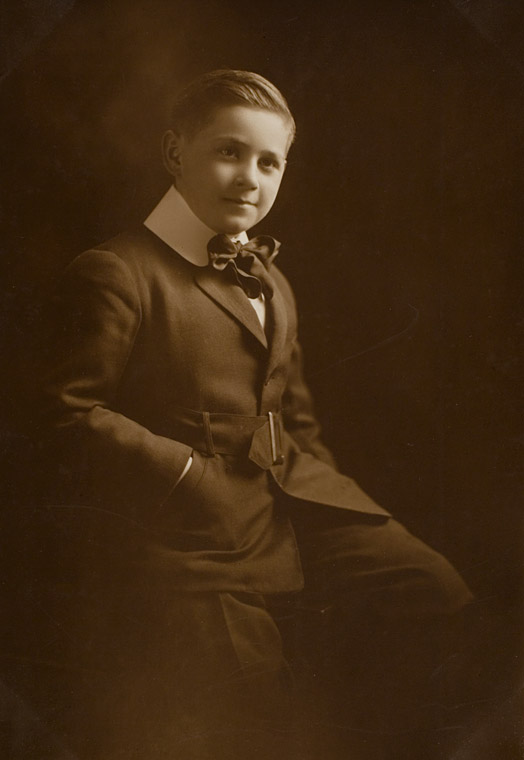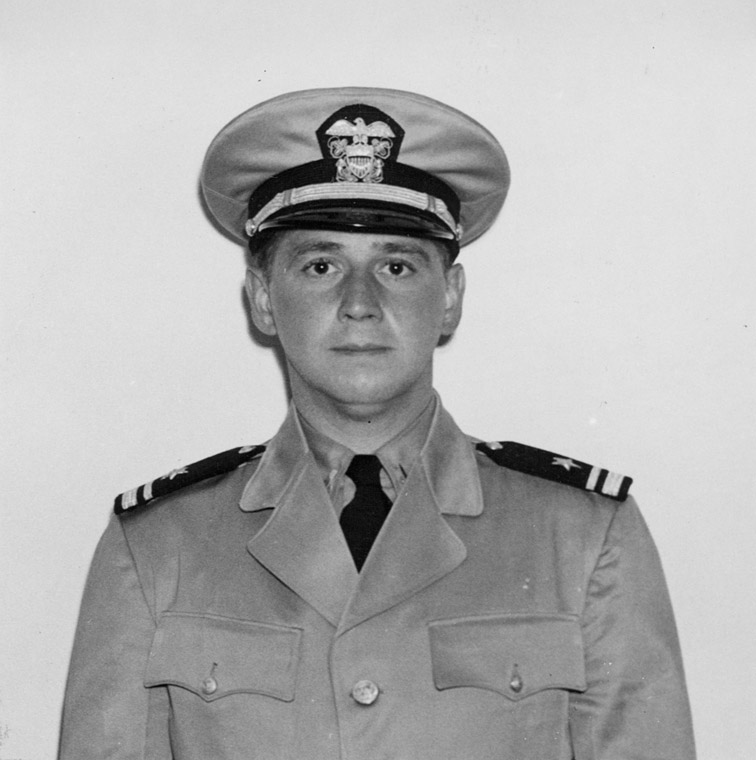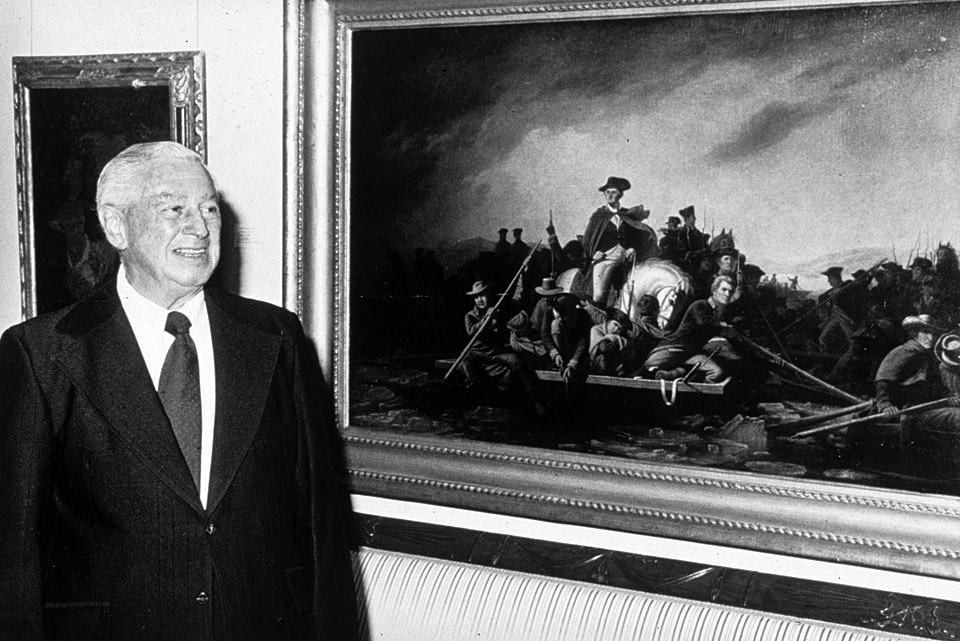- Open today, 10 am to 5 pm.
- Parking & Directions
- Free Admission
Walter Chrysler, Jr.
Walter P. Chrysler, Jr. (1909–1988), the son of the founder of the Chrysler Corporation, was one of America’s preeminent art collectors. He focused his acquisitions largely on twentieth-century art, American and Old Master paintings, sculpture, and glass. Looking back on Chrysler’s achievement, New York Times critic John Russell wrote, “It would be difficult to spend time in the Chrysler Museum and not come away convinced that the most underrated American art collector of the past fifty years was the late Walter P. Chrysler, Jr.”






Chrysler collected art for more than seven decades and was active in the development of the Museum of Modern Art in New York City, contributing collection highlights such as Matisse’s Dance and Picasso’s The Charnel House. When he was just fourteen years old, he made his first purchase—a small watercolor of a nude. His dorm master at boarding school deemed the painting inappropriate for a teenage boy and destroyed it. Turns out, it was a Renoir.
After graduating from Dartmouth, Chrysler embarked on a grand tour of Europe and met Picasso, Braque, Gris, Matisse, Leger, and other avant-garde artists in Paris. He purchased works by each, quickly assembling perhaps the largest and most important private collection of modern painting and sculpture in the United States. He also amassed a number of significant American works by Burchfield, Marin, and Benton.
When Chrysler got to know his neighbor, Louis Comfort Tiffany, he was inspired to buy glass as well. His collection grew to approximately 8,000 pieces, including rich holdings of Art Nouveau and nineteenth-century American art glass.
In 1958, Chrysler moved a portion of his collection to an abandoned, nineteenth-century church in Provincetown, Massachusetts, creating the first Chrysler Museum. However, the collection quickly outgrew the space. When Chrysler searched for a new home for his collection, his wife Jean steered him toward Norfolk, Virginia, her hometown. In 1971, Chrysler gifted much of his collection to the Norfolk Museum of Arts and Sciences and the institution was renamed in his honor.

